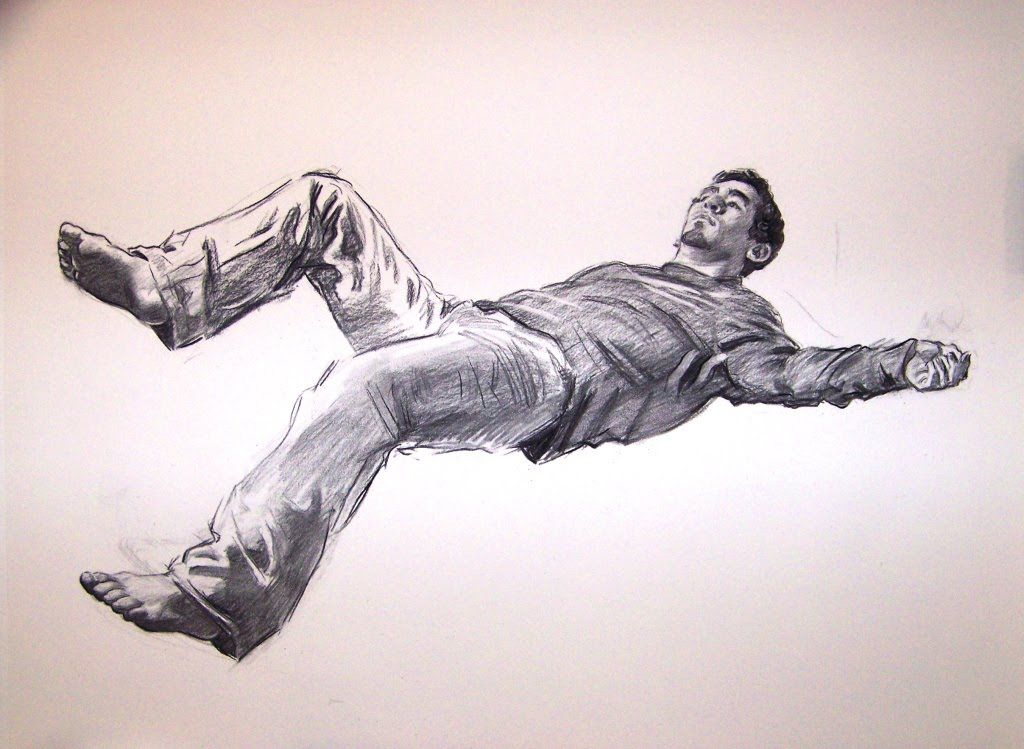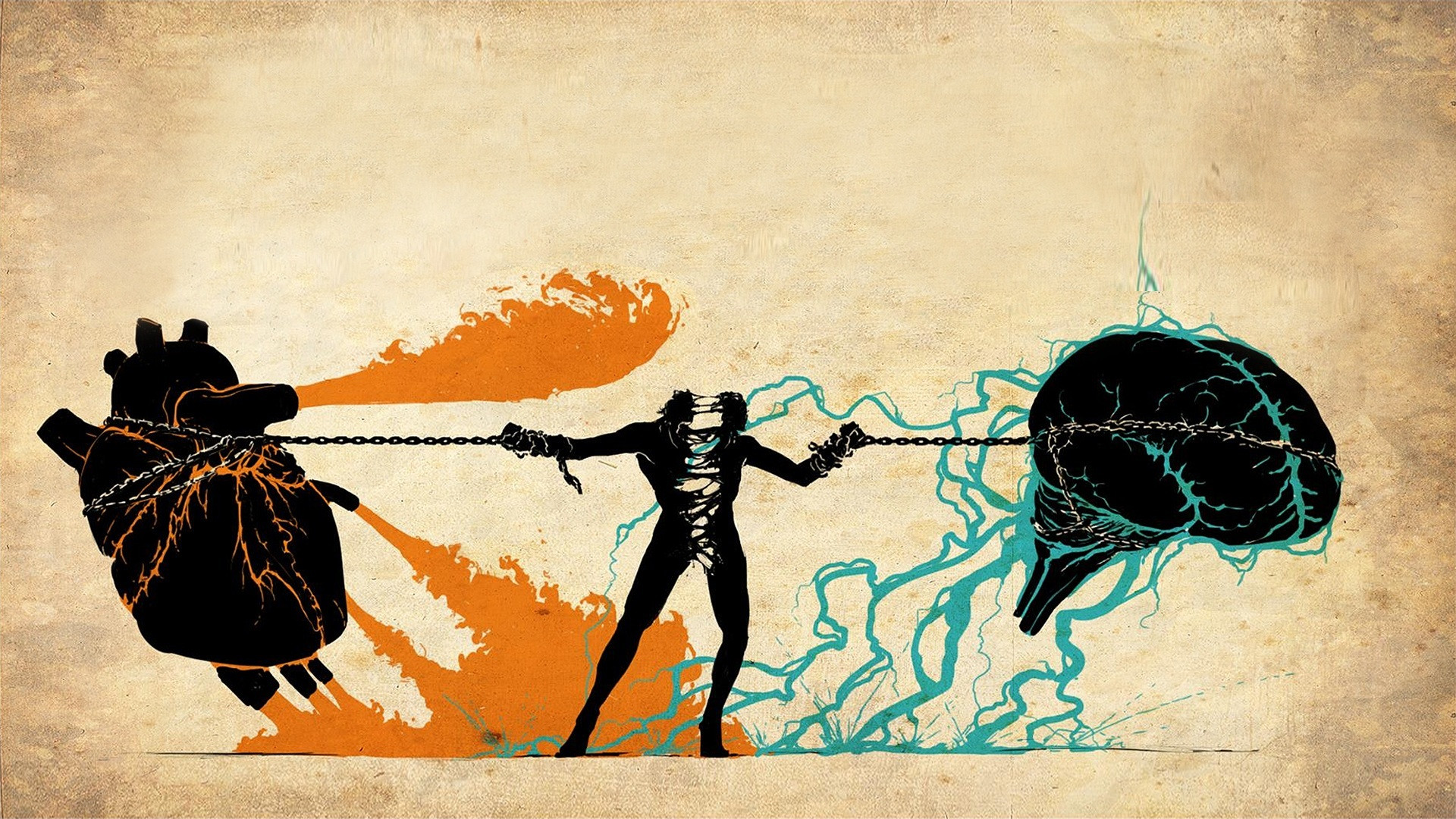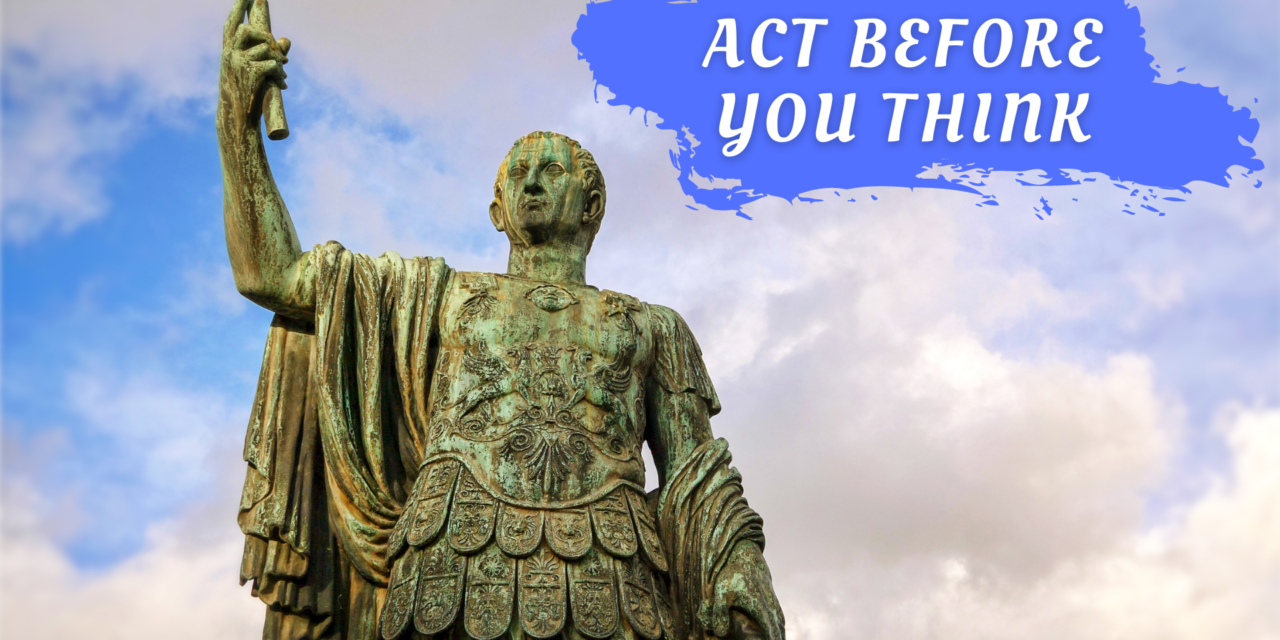Do you know that feeling?
When you turn off the 6 am alarm and lay in bed, contemplating life, dreading getting up.
When you’re on your 24/30th rep and can’t see yourself finishing the set.
When you’re really, really nervous about talking to that certain person and can’t seem to find the courage.
When you find yourself . . . without motion.

When you first encounter that mental dread (“Man I don’t want to get out of bed”) you enter into a motionless state. Your mind seeks and dreads at the same time- this mental tug of war between immediate pleasure and eventual profits can instantly leave one frozen in a place of inaction.
This applies to schoolwork as well. “I know I need to write this essay to get a good grade (eventual profit) but watching Netflix would feel so much nicer (immediate pleasure).” It applies to all facets of life.
We all know that feeling of mental paralysis. So how can we escape it?
When you enter into a motionless state, frozen by the effort required to complete a task, your mind is fighting against itself. In my experience, I’ve found that completing the task (writing an essay, for instance) is never as bad as I make it out to be in my moments of hesitation. Doing the work once you’ve started working is always easier than initially thinking about the work required.
So don’t think.
“I can’t do it. I don’t feel like doing this work. I really, really, really don’t want to do this thing right now.”

“Ok we’re doing it.”
You jump out of bed. You push the bar back up and finish the set. You turn off the voice in your head that’s panicking in nervous preparation by forcing it into a state of very-scared action. You start writing that essay.
You throw yourself at the problem- body first- mind following.

“Alea iacta est”
Translated into English, “the die is cast” is a Latin phrase said by Julius Caesar in 49 BC, as he led his army into Northern Italy and the eventual civil war.
The common meaning of the phrase is to indicate a “point of no return.”
I like this phrase on a smaller scale (less violent) application. The “point of no return”, starts the moment that you act. Phrasing is notable here; you are not “deciding to act” because it is the decision process that creates this hesitation in the first place – you are simply acting before your mind can talk itself out of it. Act before you think.
Once your feet hit the ground, your fingers to the keyboard, it is very, very easier to follow that momentum in actually achieving your work as opposed to just thinking.
Explosive, impulsive action is the best counter to this motionless state. The only mental energy that should be exerted is in recognizing the creeping feeling of dread and using that recognition as a trigger to jump straight into your work.
The point of no return lies beyond a state of being without motion.
Recognize the dread, and act. Body first- mind following.
. . .
An old inspiration for this topic came from this incredible, simplistically useful video by Better Ideas. His version, the 1-2-3 rule, holds a lot of the same truths and results mentioned in this article, and I encourage you to try it out and see how it helps you.







